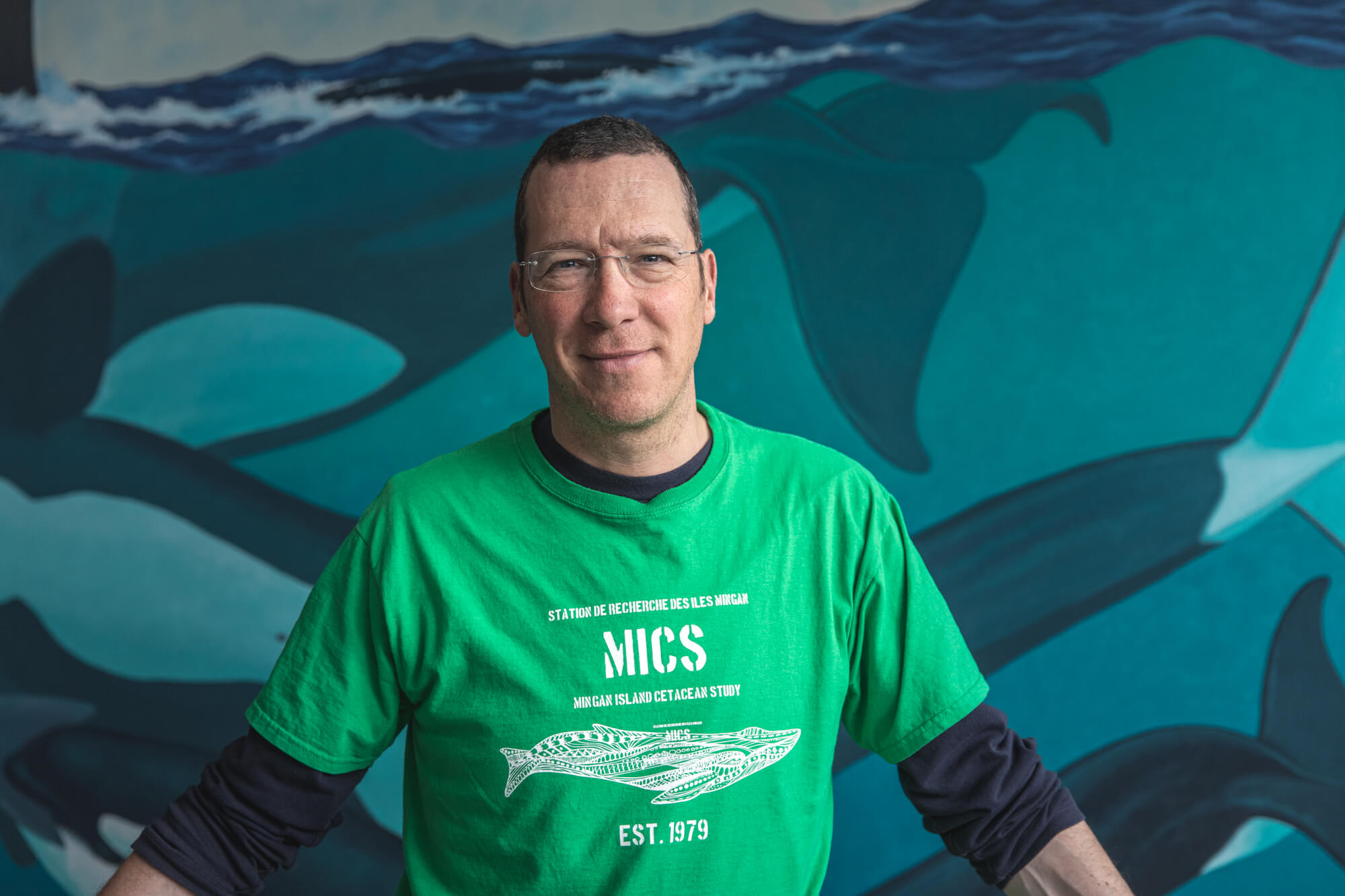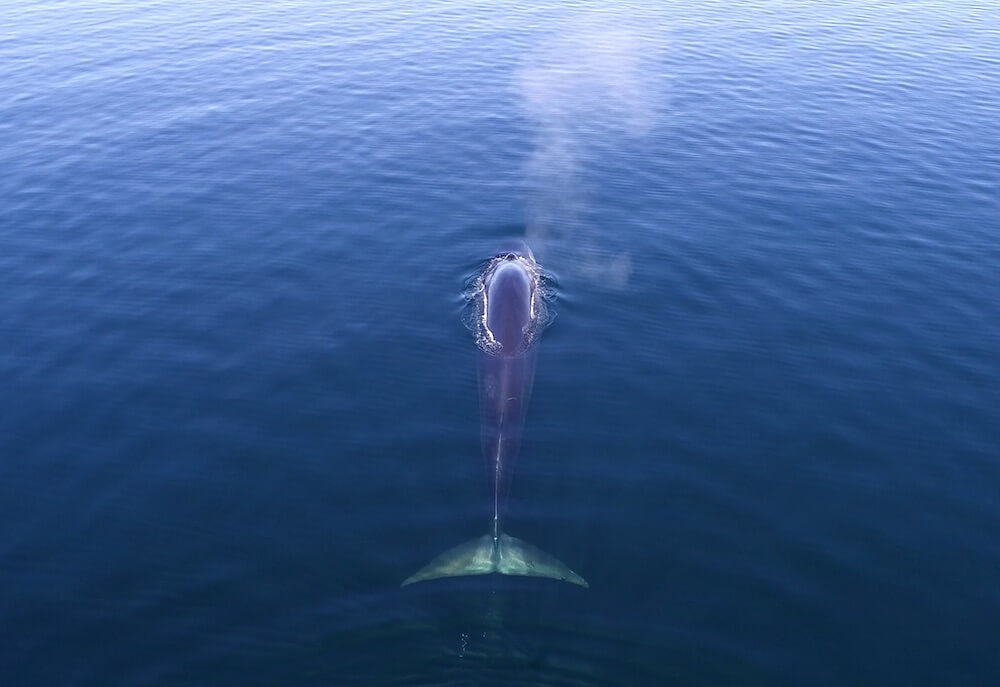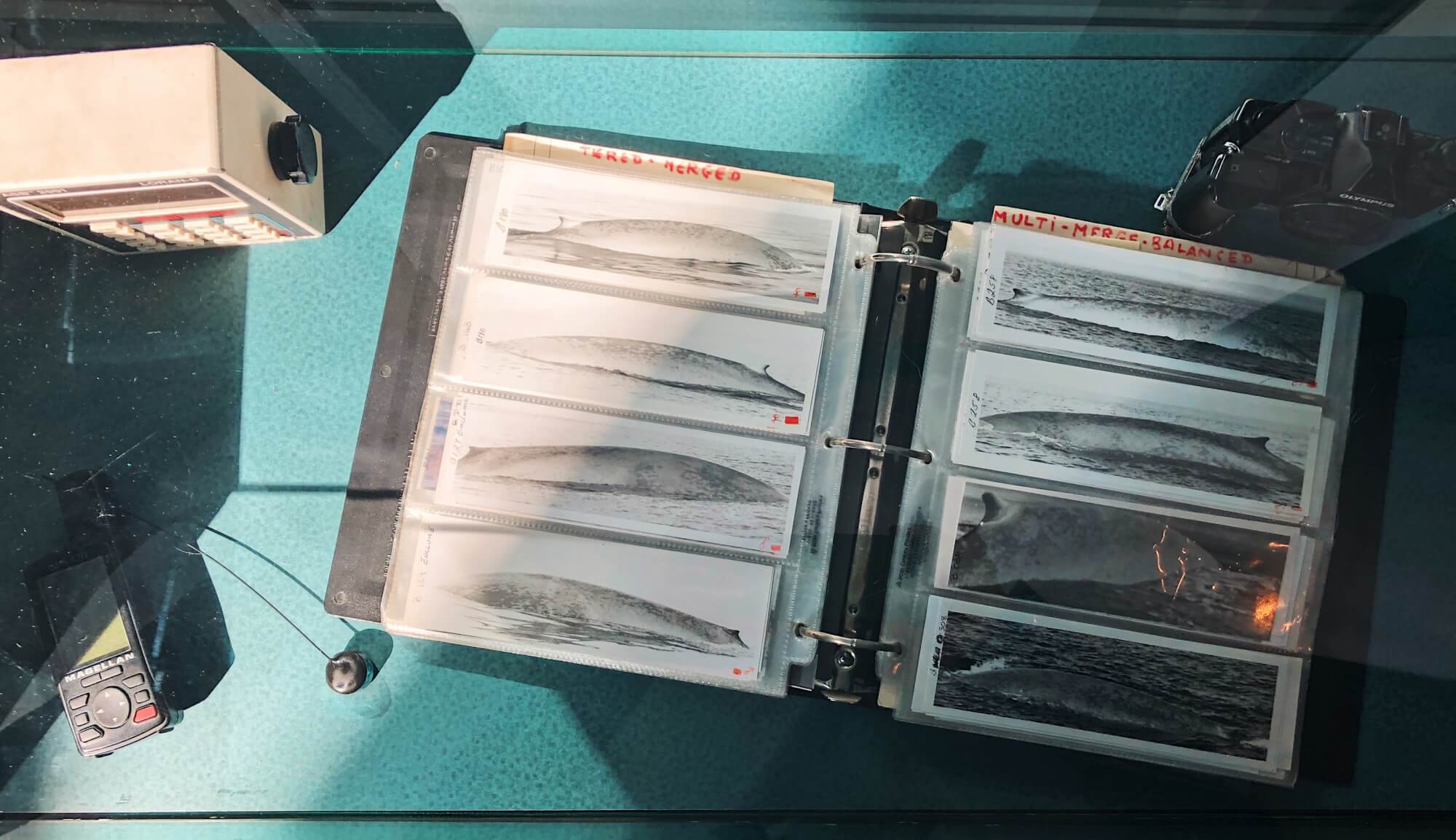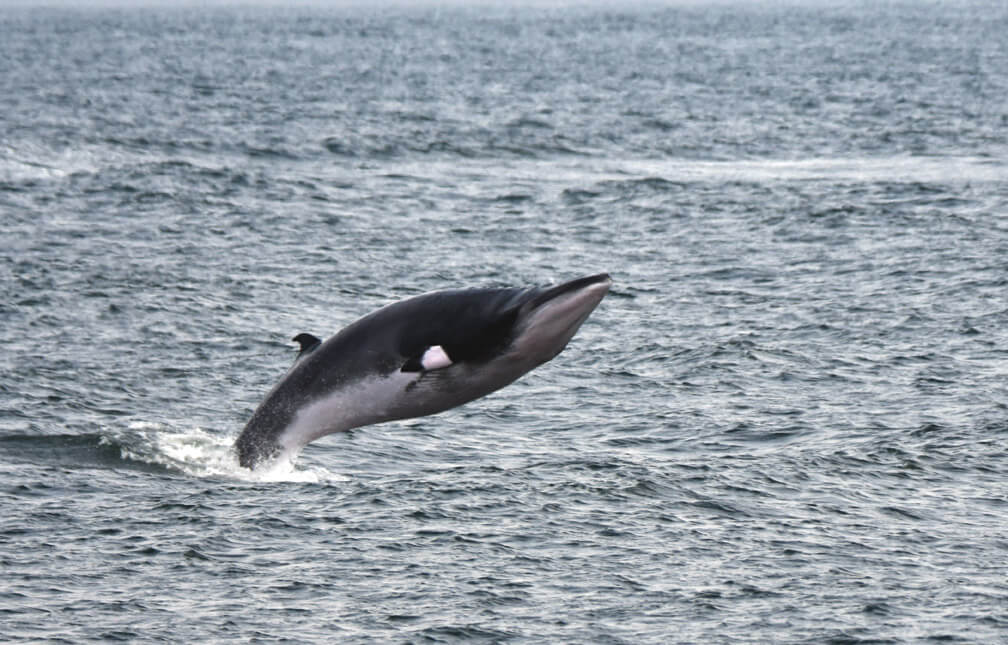This article is part of a series of portraits of people involved in some way with whales on the North Shore. Of Quebec As part of the Whale Route Documentation Project, meet these colourful characters who define the face of the region. Discover their stories that will bring you to life or relive the wonderful stories of the St. Lawrence River and its giant marine creatures!
Originally from Germany, Christian Ramp began his career with whales as a trainee at the Mingan Island Cetacean Study (MICS), before going on to complete his Master’s and PhD. In collaboration with multiple partners and universities, he now leads and coordinates several recognized research projects around the world.
His work makes him a leader in the small global community of whale research. “Here, it’s practical, you can go out and study whales every day and return to land at night to save your data and rest,” says Christian. “The ocean is vast, so tracking, observing and monitoring whales off the coast is not easy. The task quickly becomes complex, if not impossible with current technology. So we’re really lucky to be able to carry out our research here.”
“Where in the world can you see the blue whale from the window of your home or cottage? You can literally observe and study blue whales from the shore! Nowhere else will you find this kind of environment!” – Christian Ramp
As far back as 1700, Basque whalers came here to hunt rorquals. “This has been an exceptional place for ages!” he says with a chuckle.
The Labrador Current strikes the north shore, a phenomenon known as upwelling, where nutrient-rich waters rise to the surface, creating ideal conditions to support the fin whale populations. The proliferation of algae, the arrival of zooplankton that feed on this algae, combined with fish, larger predators, birds, seals and whales, together provide the winning conditions to enjoy these giants of the sea along the North Shore. The water diffuses a greenish colour due to the pigmentation of phytoplankton (tiny floating plants), which constitute the basic food of an extraordinarily dense pyramid of life, according to the researcher.
“It’s not the big blue, the St. Lawrence. It’s the big green,” Jacques Gélineau, MICS collaborator.
When is the best time to observe whales in the Mingan sector? Christian immediately answers that all seasons are good, even winter, when spouts as well as seals can sometimes be observed between the ice floes. In late spring (June), when the capelin are abundant, minke whales arrive in numbers and feed on the surface, putting on an impressive show for observers.
He has already even witnessed minke whales purposely stranding themselves in order to feed! In July and August, we begin to see larger animals such as blue whales or humpbacks, points out the researcher. Autumn is also an exceptional time to observe more spectacular behaviours given that the whales’ bellies are now full! With climate change and increasingly long seasons, sightings can now occur as late as November and as early as in March. The ice is thinner and the animals can come to feed in the St. Lawrence earlier and linger longer, explains the expert.
When Christian tells us about his greatest cetacean sighting, we expect to hear a spectacular blue whale story! He describes his arrival as an intern in 1997. During his first stroll on the beach in Longue-Pointe-de-Mingan, a minke whale breaches near shore. He thinks he got lucky. He quickly realizes, however, that the observation is rather common for the area, and is repeated almost daily.









